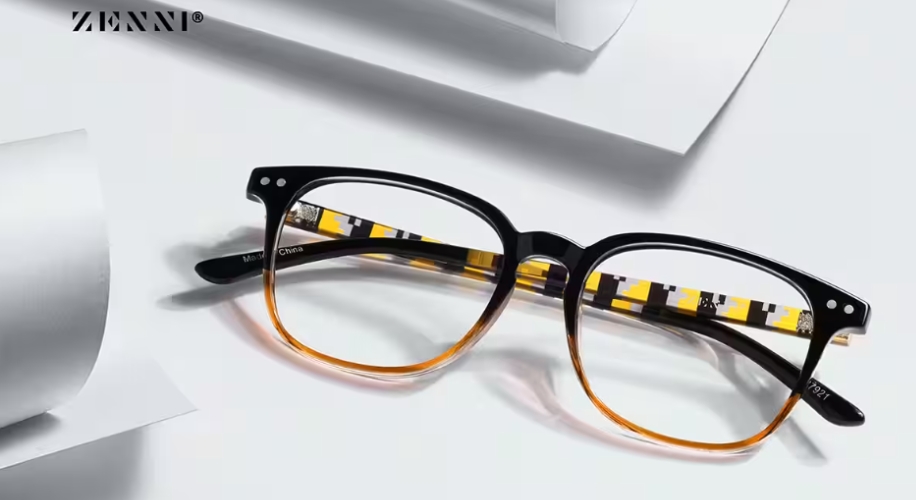Understanding Eye Prescription Abbreviations

When you receive your eyeglass prescription, you’ll notice a series of letters and numbers that may not make much sense at first glance. These abbreviations—OD, OS, and OU—are essential in creating glasses that will help you see clearly and comfortably. Let’s demystify these terms so you can understand your prescription and confidently manage your eye health.
Shop Frame
Decoding the Abbreviations
Your eye prescription is a numerical way for optometrists and opticians to convey the correction your eyes need. Here’s what each abbreviation represents:
- OD (Oculus Dexter): This Latin term translates to “right eye.” It tells us the prescription specifics for your right eye.
- OS (Oculus Sinister): Similarly, this stands for “left eye,” providing the necessary parameters to correct the vision in your left eye.
- OU (Oculus Uterque): This means “both eyes” and may be used when the prescription is the same for both eyes, though this is less common than OD and OS.
By understanding these terms, you can better comprehend how each eye may have different vision needs, which is quite normal, and identify a set of glasses that suit your needs. In fact, it’s rare for both eyes to have the exact same prescription.
Shop Frame
Components of Your Eye Prescription
Your prescription includes more than just OD, OS, and OU. Let’s explore what other parts you might see:
- Sphere (SPH): This indicates the lens power, measured in diopters (D), needed to correct nearsightedness or farsightedness. A negative value suggests nearsightedness, while a positive indicates farsightedness.
- Cylinder (CYL) & Axis: These values are related to astigmatism correction. CYL reflects the amount of lens power needed, and the axis denotes the orientation of the astigmatism in degrees.
- Add: This number is relevant for those needing bifocals or progressive lenses and represents the additional magnification for reading.
- Prism: Sometimes, a prescription includes prism correction to address alignment issues in the eyes, measured in prism diopters (PD).
Understanding these parts can be critical when you’re purchasing glasses online that may be trending online. Knowing what each number and abbreviation means ensures that you input the correct information for lenses tailored to your vision.

Taking the Next Steps
Once you have your prescription, the next step is to find the perfect pair of glasses. At Zenni Optical, we make this process easy and accessible. You can select from a wide range of stylish frames and input your prescription details directly on our website. Always consult with your eye care provider to ensure your prescription is up-to-date and accurate before ordering new eyewear.
- Review your prescription carefully and double-check the numbers before submitting.
- Choose frames that suit your style and are comfortable for everyday wear.
- Consider lens upgrades such as photochromic lenses, which adjust to light conditions, or blue light blocking lenses, ideal for screen-heavy days.
Armed with a proper understanding of your eye prescription abbreviations, you’re now ready to embark on the exciting journey of selecting your new glasses. Remember, our team at Zenni Optical is here to assist you every step of the way, ensuring that you receive high-quality eyewear tailored precisely to your needs. Get ready to see the world more clearly and stylishly!
About the Author: Dr. Sophia Moh, OD, ABOC
Dr. Sophia Moh, OD, is an optometrist based in the Bay Area, California. She holds a doctorate from UC Berkeley School of Optometry and has worked in various eye care settings, including primary care optometry, general ophthalmology, community health clinics, and Veterans Affairs. Dr. Moh is dedicated to improving global vision health by making high-quality, affordable eyewear accessible to all. She is also a certified American Board Optician (ABO) and actively contributes to optical education through training and lectures.

